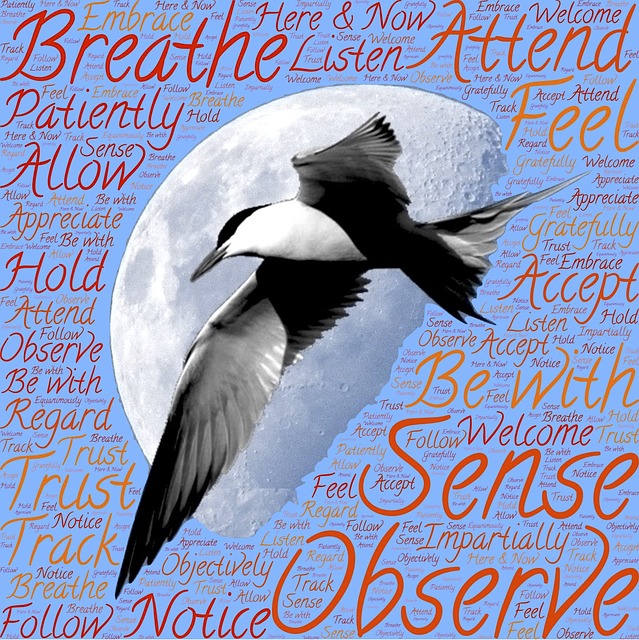Tara Brach and Jack Kornfield, when talking about the power of awareness, identified happiness as a very significant outcome of awareness training. They explain this outcome in terms of three elements of awareness:
- being present
- overcoming negative bias
- appreciation and gratitude
Being present
If we live in the present, we are not encumbered by anxiety and fear about the future or disappointment and depression about the past. “Now” is the focus and source of our wellbeing. Both Jack and Tara point out the Dalai Lama as a prime example of happiness and joy (despite suffering as a result of the loss of culture, freedom and religion by his beloved country of Tibet).
After publishing his book on happiness, the Dalai Lama was asked what was the happiest moment of his life, and he replied after considering the question, “I think now”. There is a stillness and calm and associated happiness with being able to be “in-the-now”.
Overcoming negative bias
Neuroscience has established that part of our genetic make-up is a negativity bias – we tend to see the negative in a situation and perceive threats even when there are none. In the past, this has served the human species well and helped our species to survive. Nowadays, it works against our happiness because we can easily overlook the positive and be blinded by a focus on what is wrong or not working out as we had planned.
As we grow in mindfulness and awareness, we are more readily able to focus on the positive in our lives and overcome our negative conditioning. We are also better able to evaluate potential stressors and see them for what they are. This opens us up to enjoying our life more and experiencing happiness more regularly.
Appreciation and gratitude
Awareness opens our minds and hearts and enables us to appreciate the good in our lives and express gratitude for what we have in terms of fitness and health, relationships, our lifestyle and our environment. We become increasingly conscious of what surrounds us and become more open to joy and happiness.
Appreciation and gratitude serve as barriers to envy and resentment which can so readily diminish our happiness and destroy joy in our lives.
Jack Kornfield explains how mindfulness practices and awareness training increase the capacity for happiness in our lives:
These practices and trainings are really an invitation to allow not only well-being, but the innate happiness that appreciates the sunset and the reflected colors in the windows as the sun goes down, or in the puddles there on the street and the splashes and the smiles of the children as they stomp in the water and the mystery of life.
By Ron Passfield – Copyright (Creative Commons license, Attribution–Non Commercial–No Derivatives)
Image source: courtesy of AbelEscobar on Pixabay









